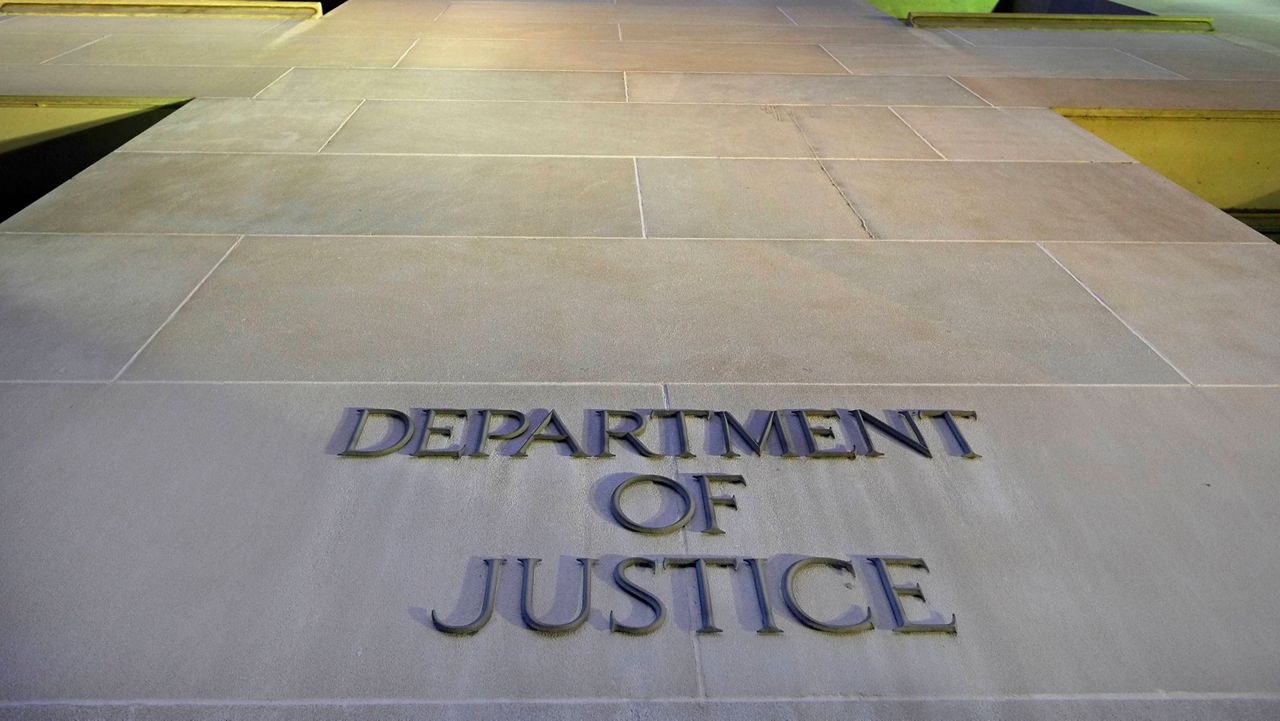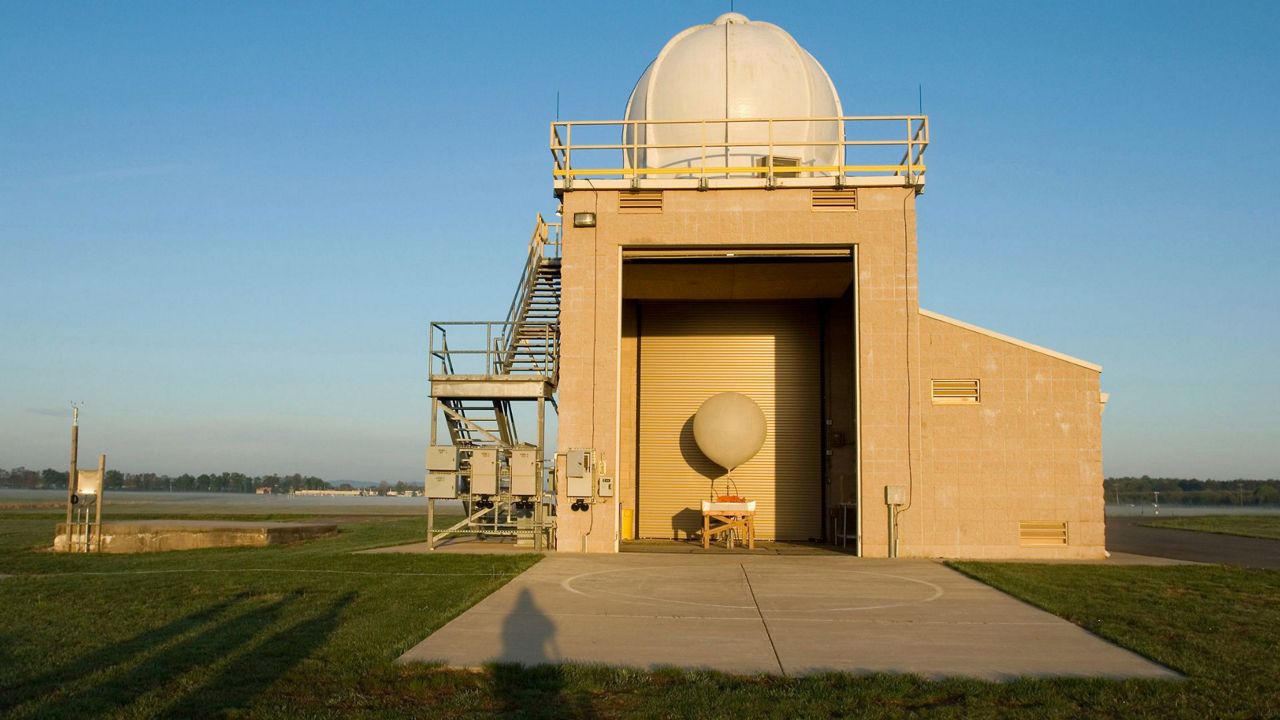NORTHRIDGE, Calif. — In her hand, Genevieve Hahn with the Los Angeles Department of Water and Power holds a plastic model of one of the keys to minimizing water main breaks during a future earthquake.
It's called earthquake-resistant ductile iron pipe (ERDIP).
"It has the ability to expand, contract, and deflect whenever this pipe experiences some kind of ground deformations or ground movements," said Hahn.
More than 7,300 miles of pipes run beneath the City of Los Angeles. As seen in 1994, it can be highly vulnerable to earthquakes.
"A lot of pipe breaks during that Northridge earthquake was due to the fact that the joints pulled out," said Hahn, using the plastic model.
She is part of LADWP's Trunkline team that installs and replaces pipes larger than two feet wide. Her construction crew didn't exist in 1994, but workers have been replacing aging cast-iron pipes with a mix of stronger steel and ductile iron pipes since then. They've focused on installing earthquake-resistant pipes in strategic areas.
"Hospitals, emergency shelters and fire stations where we recognize the need to restore the water quickly in those areas," Hahn said, are where they place the pipes.
She said LADWP has also implemented an earthquake material inventory that didn't exist since the Northridge quake.
"We need to have the materials readily available such that when there are pipe breaks, we are able to deploy the crews and make those repairs quickly."
LADWP officials said it has nearly doubled the number of district crews that can respond in the event of an earthquake, but retrofitting the majority of the system will take more time and money.
Michael Francis worked as a bridge engineer for CalTrans in the San Gabriel Valley in 1994.
After the Northridge quake, the agency made seismic safety upgrades on more than 1,100 bridges statewide using a mix of steel reinforcement and redesigning the freeway columns.
"We now have hoops that are spaced every 3.5 inches going the full length of the column from top to bottom," Francis said.
He said they have more designers and research and development budgets have increased, working with universities to focus on improving construction.
"The bridges will move. The bridges will get damaged, but they should not be falling down," said Francis.
As for Hahn, she said LADWP crews perform regular emergency exercises to make recovery efforts faster, and they've partnered with other utilities.
"By developing this seismic resilient pipe network, we're hoping that we're able to address the earthquakes," said Hahn.
Learning from the past to better save lives and protect the region's infrastructure from the next major earthquake.
CalTrans also unveiled a public exhibit about the Northridge Earthquakes at its District 7 Headquarters in downtown Los Angeles that will run for four weeks.
Let Inside the Issues know your thoughts and watch Monday through Friday at 8 and 11 p.m. on Spectrum News 1.











